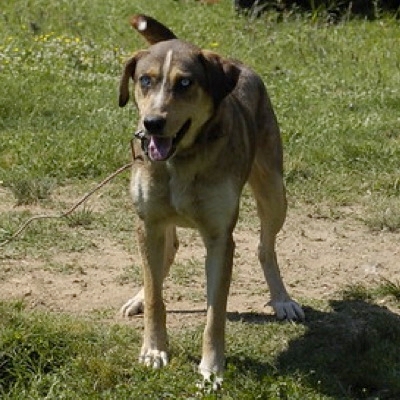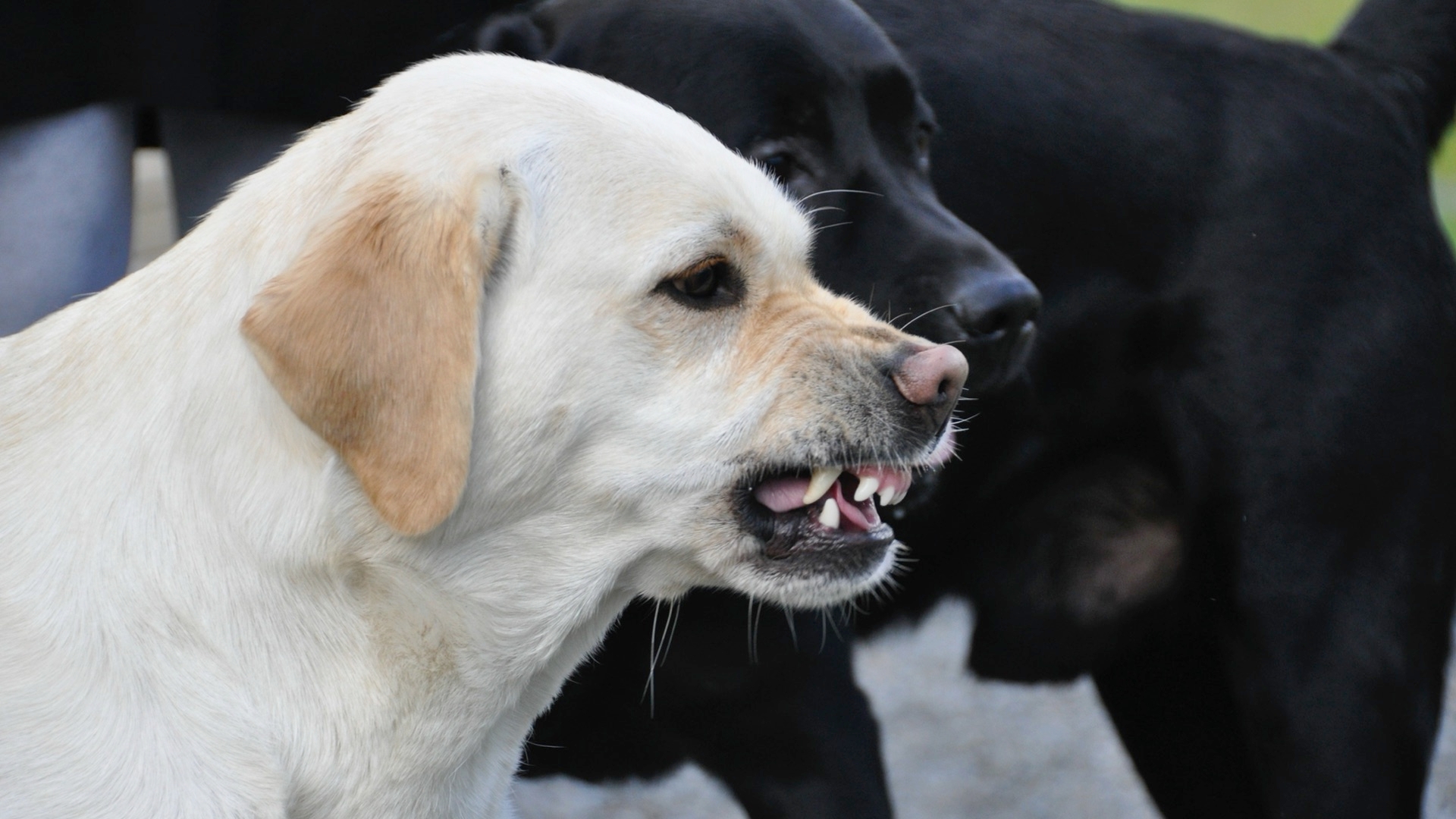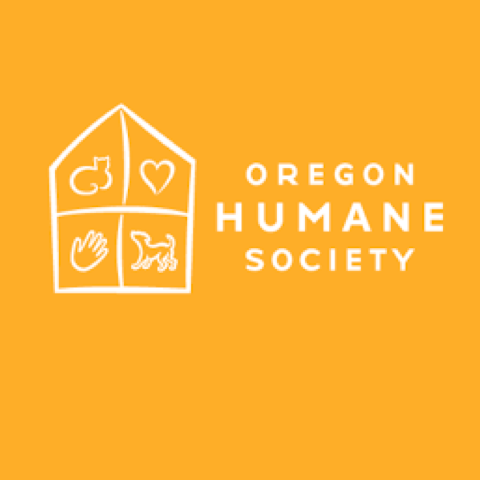A Parents Guild To Dog Body Language:
Summary:
Every year, an estimated 400,000 children, most ages 5—9, seek medical attention for dog bites. Most dog bites to children occur while a parent is standing within three feet of the child, supervising the interaction. When dogs and children interact, parents need to recognize when the dog is saying "I'm doing fine and enjoying this interaction" or "I'm worried about this interaction and if it doesn't stop, I may have to take action!"


Why
- Every year, an estimated 400,000 children, most ages 5—9, seek medical attention for dog bites.
- Most dog bites to children occur while a parent is standing within three feet of the child, supervising the interaction.
What To Watch For
When dogs and children interact, parents need to recognize when the dog is saying "I'm doing fine and enjoying this interaction" or "I'm worried about this interaction and if it doesn't stop, I may have to take action!"
- Comfortable dog body language is loose, relaxed, and wiggly with the dog often leaning into the child, soliciting more attention.
- Stiffening and freezing in a dog are warning signs. If you see the dog tense his body, or if he moves from panting to holding his breath (he closes his mouth), intervene immediately.
Intervene
- If your child climbs on or attempts to ride the dog.
- If your child pulls the ears, yanks the tail, lifts the jowls or otherwise pokes and prods the dog.
Don't marvel that your dog tolerates these antics. There will be a point when he's had enough. If you've done nothing to help, he will bite.
- If the dog shows stress signals such as:
- Yawning outside the context of waking up
- Half-moon eye – this means you can see the whites on the outer edges of your dog's eyes.
- Lip licking outside the context of eating food.
- Moving away from a child. You need to prevent the child from following the dog.
- If the dog is growling. Growling is a warning sign prior to snapping or biting. Heed it. If growling doesn't work, the dog may escalate to snapping or biting. Growling is a clue that you should intervene between the dog and the child. Growling is a non-biting communication so listen for growling and help your dog out of the situation! Do not punish the dog for growling (we don't want them to skip this warning step!).
When you allow your child to continue to interact with a dog displaying stress signals or warning signs, it is likely that the dog will think "Since I can't escape, I'll snap or bite at this kid to get him to go away." Please intervene before your dog has to make that choice.


